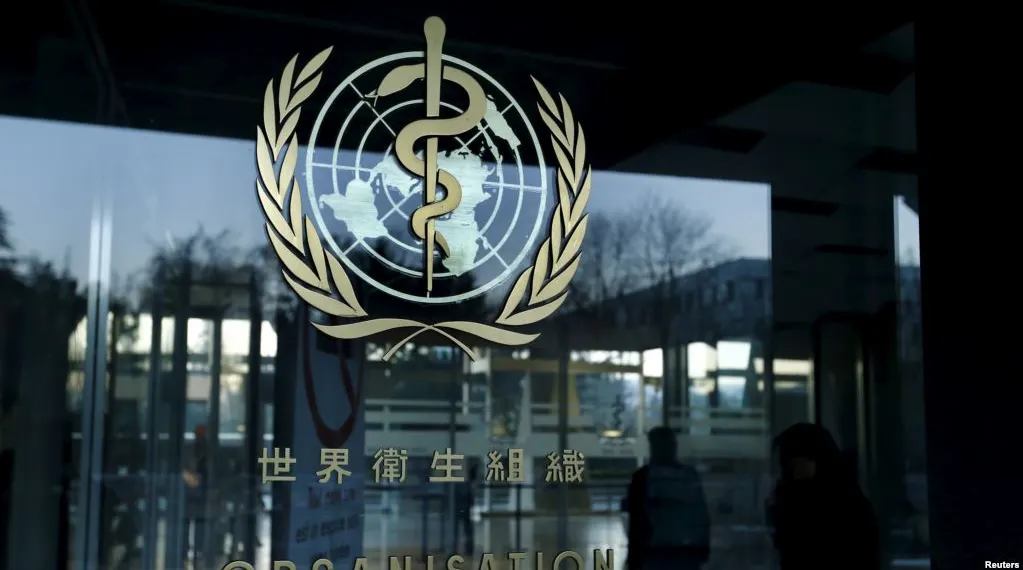
The World Health Organization (WHO) has warned that uncontrolled hypertension — persistently high blood pressure is threatening millions of lives and weakening economies worldwide, despite being both preventable and treatable.
Releasing its second Global Hypertension Report at an event co-hosted with Bloomberg Philanthropies and Resolve to Save Lives during the 80th United Nations General Assembly, WHO revealed that 1.4 billion people were living with hypertension in 2024. Yet just over one in five have their blood pressure under control through medication or lifestyle changes.
WHO projects that between 2011 and 2025, cardiovascular diseases, including hypertension, will cost low- and middle-income countries an estimated $3.7 trillion, about two per cent of their combined GDP.
Only 28 per cent of low-income countries have all WHO-recommended hypertension medicines generally available in pharmacies or primary health facilities, compared with 93 per cent of high-income countries.
Hypertension is a major driver of heart attacks, strokes, chronic kidney disease and dementia. WHO Director-General Tedros Ghebreyesus said that without stronger political will and sustained investment, millions of lives would be lost.
“Every hour, over 1,000 lives are lost to strokes and heart attacks from high blood pressure, and most of these deaths are preventable,” Mr Ghebreyesus said. “Countries have the tools to change this narrative. With political will, ongoing investment, and reforms to embed hypertension control in health services, we can save millions and ensure universal health coverage for all.”
Kelly Henning, who leads Bloomberg Philanthropies’ Public Health Programme, said uncontrolled hypertension claims more than 10 million lives annually, with many low- and middle-income countries left behind.
An analysis of 195 countries showed that 99 have national hypertension control rates below 20 per cent. The report identified persistent barriers, including:
Tom Frieden, President and CEO of Resolve to Save Lives, stressed that closing these gaps could save lives and billions of dollars annually.
Despite the gaps, WHO highlighted countries making strides: